Reducing hospital industrial emissions via fuel substitution & solar laundry
San Rafael de Pasto Hospital, Colombia
Case study summary
This case study highlights the reduction of greenhouse gas emissions in hospital industrial processes through the substitution of fuels and the use of renewable energy for laundry drying; a process optimization measure targeted at reducing occupational risks and environmental impacts.
Demographic information
- City: San Juan de Pasto
- State/province/region: Nariño
- Country: Colombia
- Type of institution: Private institution with 91 years of service treating psychiatric patients and patients with addictive behavior
- Number of full-time staff: 300
- Number of part-time staff: 50
- 21,700 patients served per year
- Geographic area served by the institution: Local and neighboring departments’ patients
- Number of beds (if applicable): 315
The issue
The food preparation and laundry areas use steam, which was generated by a diesel shell boiler. The equipment was old and posed occupational risks. In numbers:
- Consumption of 233,000 L/month for steam generation
- Washing of 277 tons of laundry/year
- Preparation of 567,000 meals/year
- Fuel cost (diesel) USD 29,361/year
- Stationary combustion GHG emissions: 205 t CO2e/year
The 2017 baseline calculation showed that 46% of total emissions corresponded to boiler operation, creating a clear opportunity to optimize industrial equipment and mitigate its impact.
Hospital goals
- Monitor the institutional carbon footprint.
- Reduce stationary combustion emissions through fuel substitution.
- Reduce operational costs due to fuel consumption.
- Update industrial equipment technology.
- Reduce conventional energy dependence.
- Comply with environmental regulations.
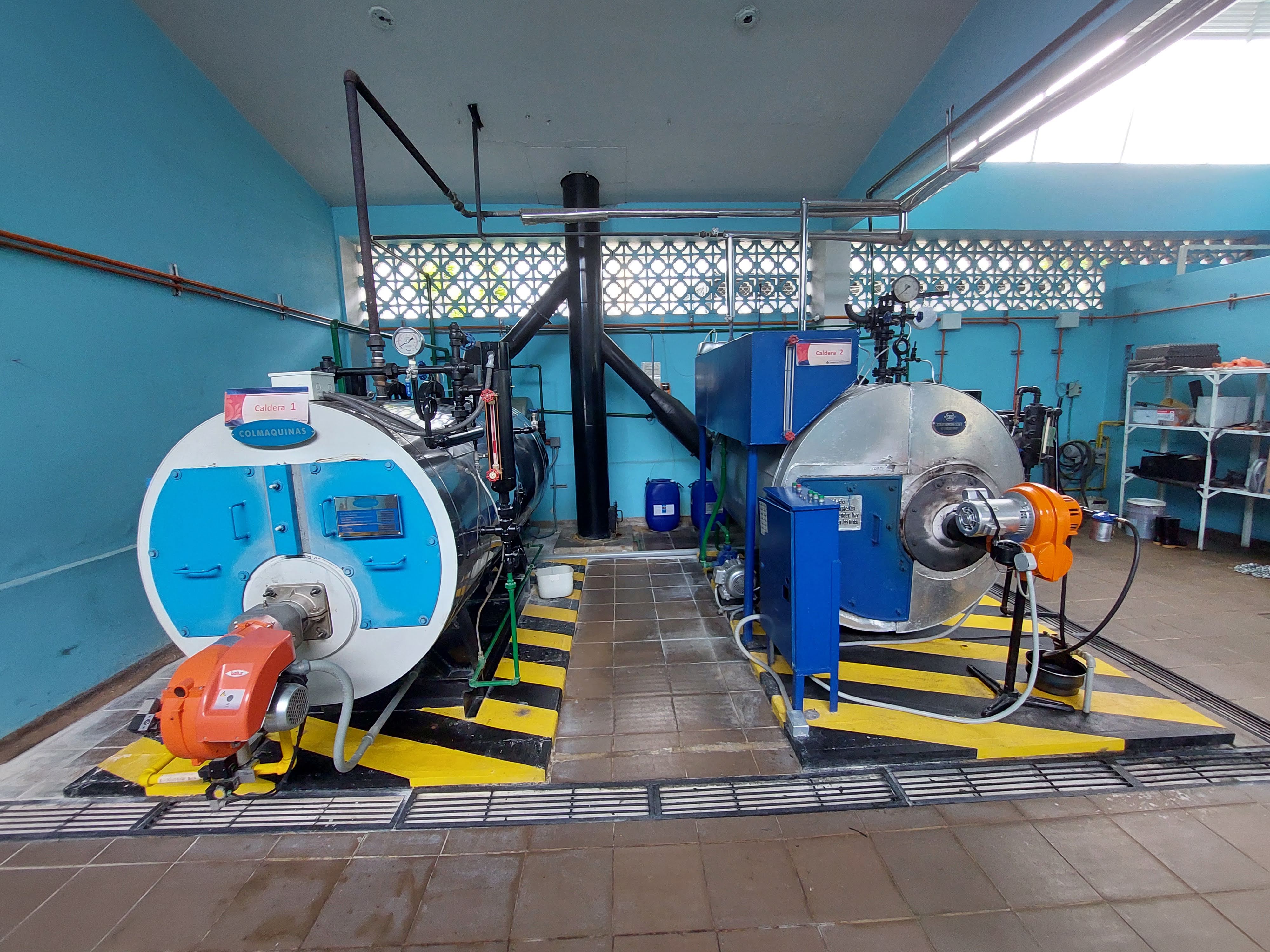
Sustainability strategy implemented
- Acquisition of a 30 BTU shell boiler fueled by propane gas or liquefied petroleum gas (LPG), considering their lower emissions and the lack of natural gas supply.
- Installation of a chimney with a sampling system in compliance with regulations.
- Construction of a hospital laundry drying station that harnesses bio-climatic characteristics of the area by means of:
- Passive solar architecture: High percentage of radiation-capturing surface (facades and roof).
- Displacement flow ventilation: Circulation of air through the room (recirculation of indoor air or in combination with outdoor air for ventilation).
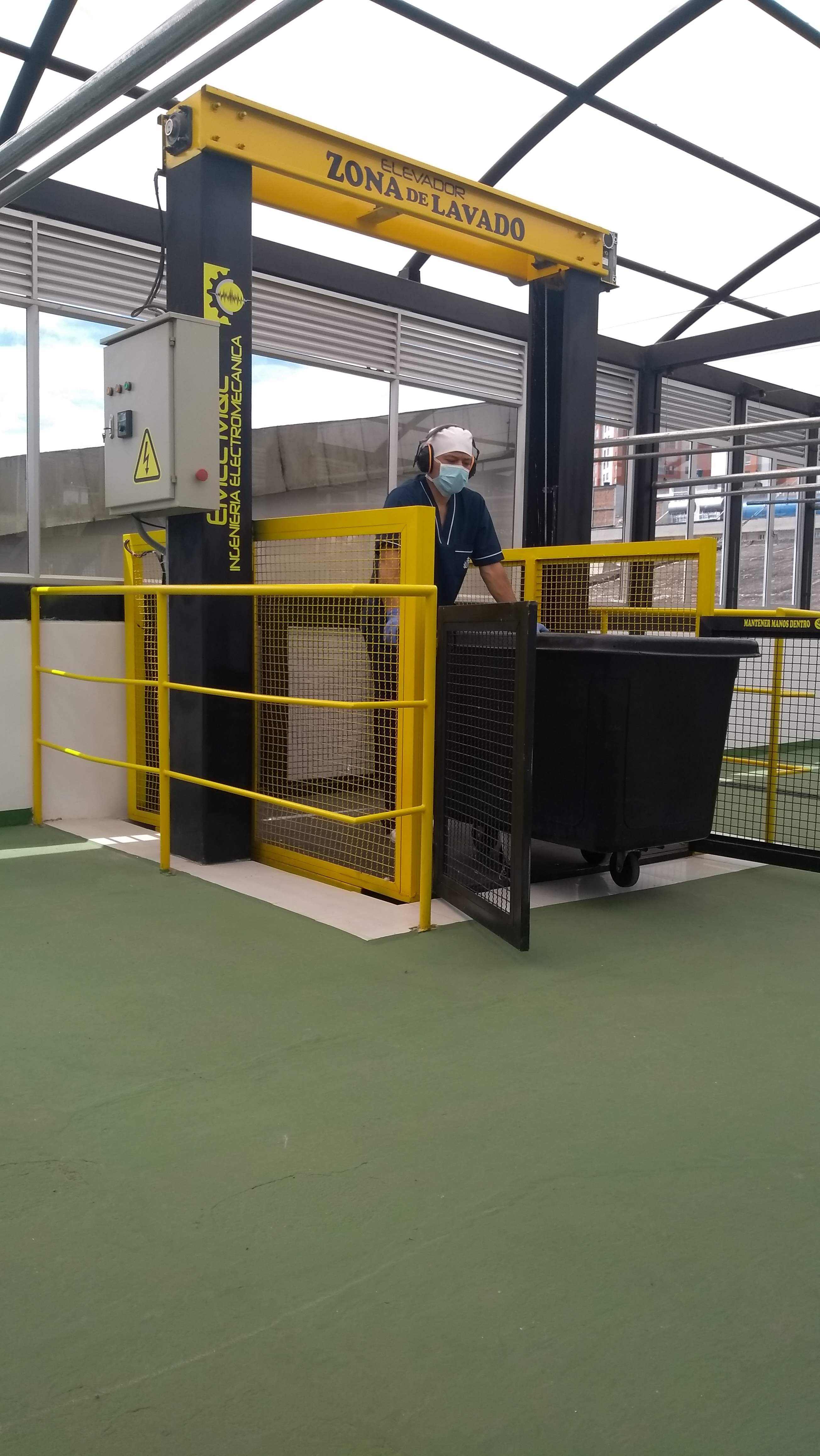
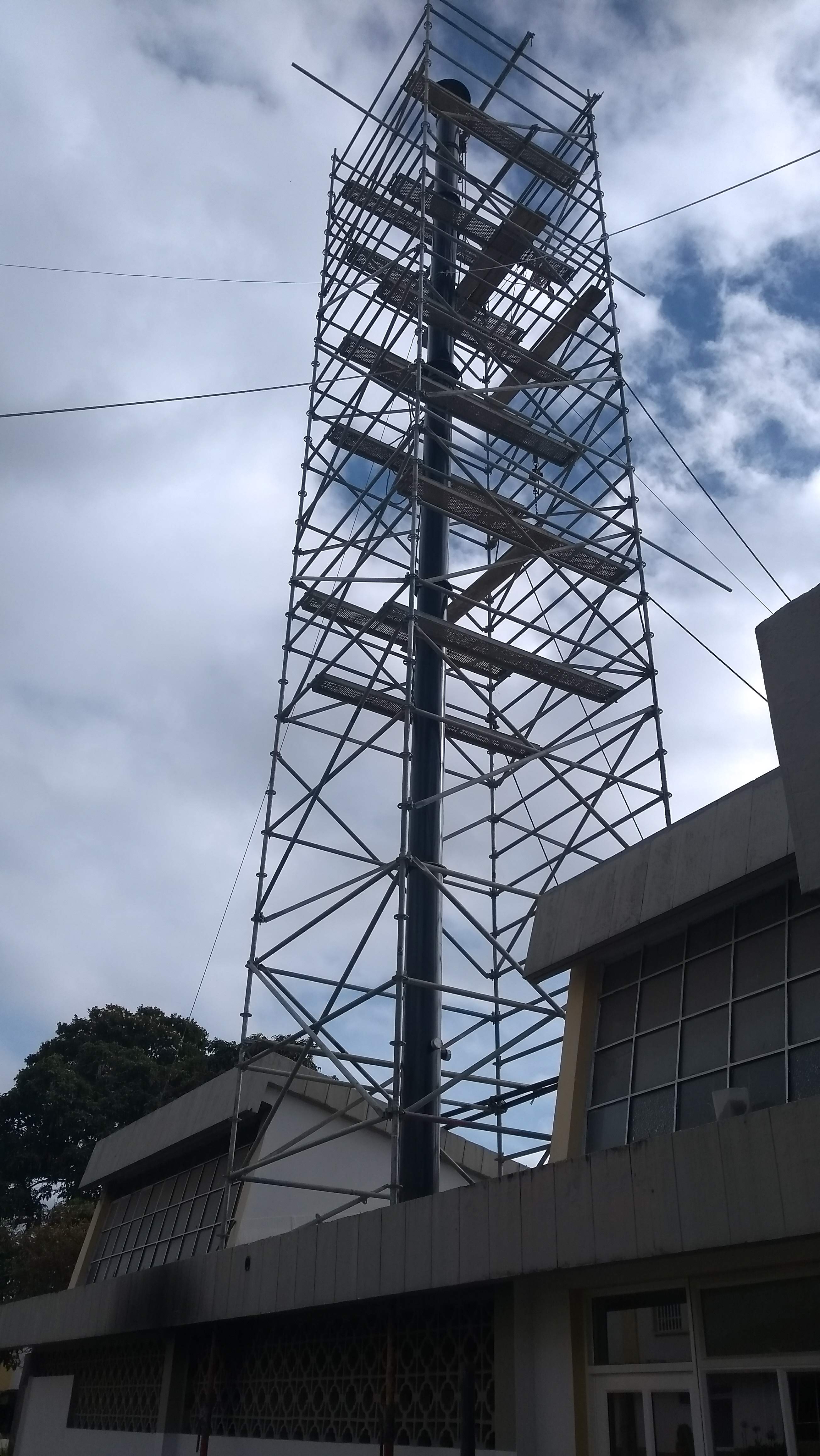
Implementation process
Environmental and physical environment management conducted the environmental impact assessment and calculated the carbon footprint, while the occupational health and safety areas underlined the occupational risks posed by the boilers and maintenance staff analyzed the initial proposals. Decision-making took place within the steering committee, where the initiative was presented with technical, economic, and financial rationale. Research and expert consultation were also carried out.
The laundry drying station project was defined based on an analysis of bio-climatic aspects of the area, Pasto’s high levels of solar radiation, and the prevalence of bidirectional-pattern wind. Regarding the use of new technology and fuel, several tests were required to adjust operating and usage parameters, as well as training sessions for staff to learn how to operate the boiler and implement certain procedures, such as the use of forklifts.
Through collective energy solutions, such as using a less expensive and less polluting fuel and reducing the boiler's operating time and energy consumption, we have reduced our climate footprint.

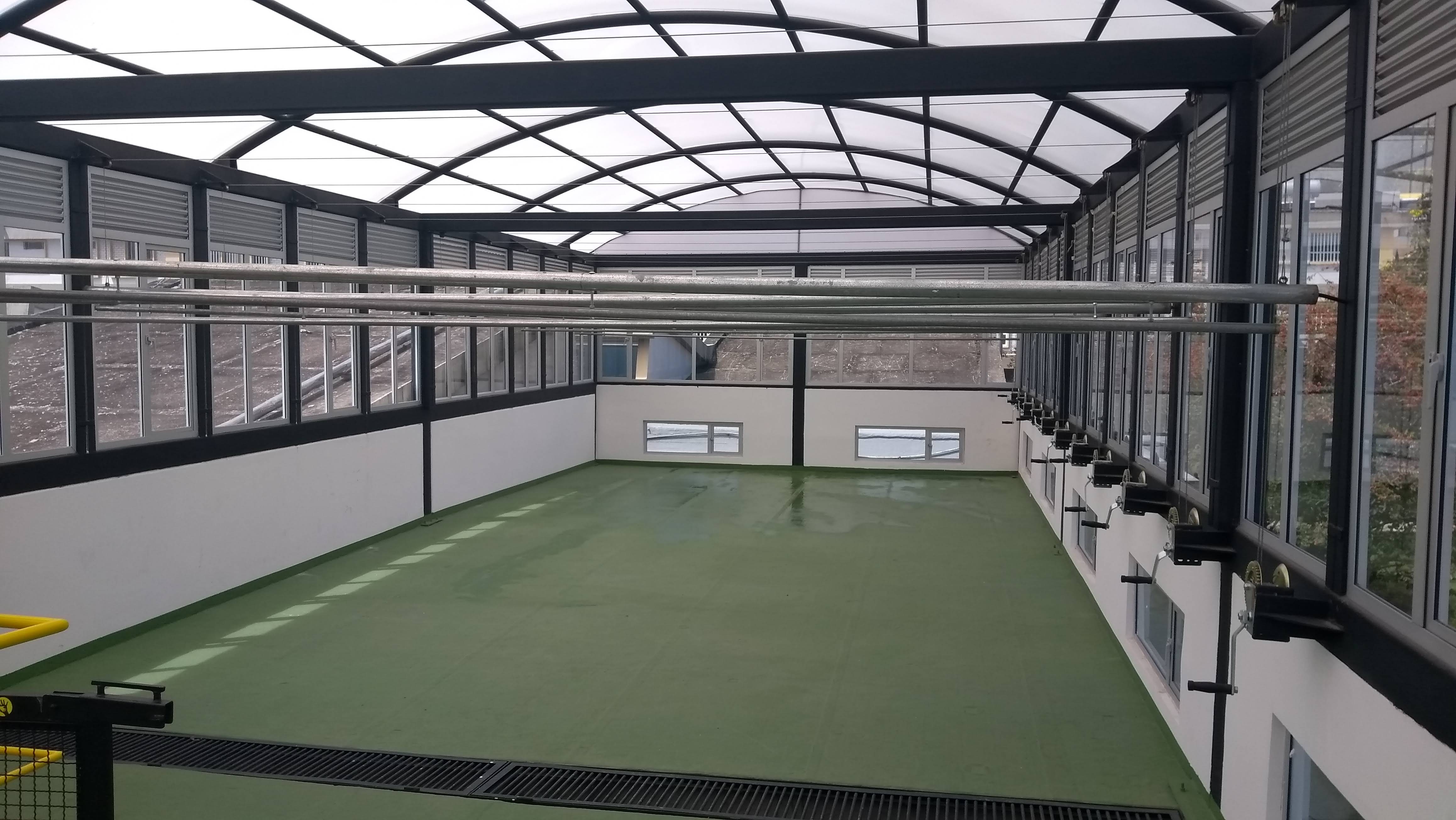
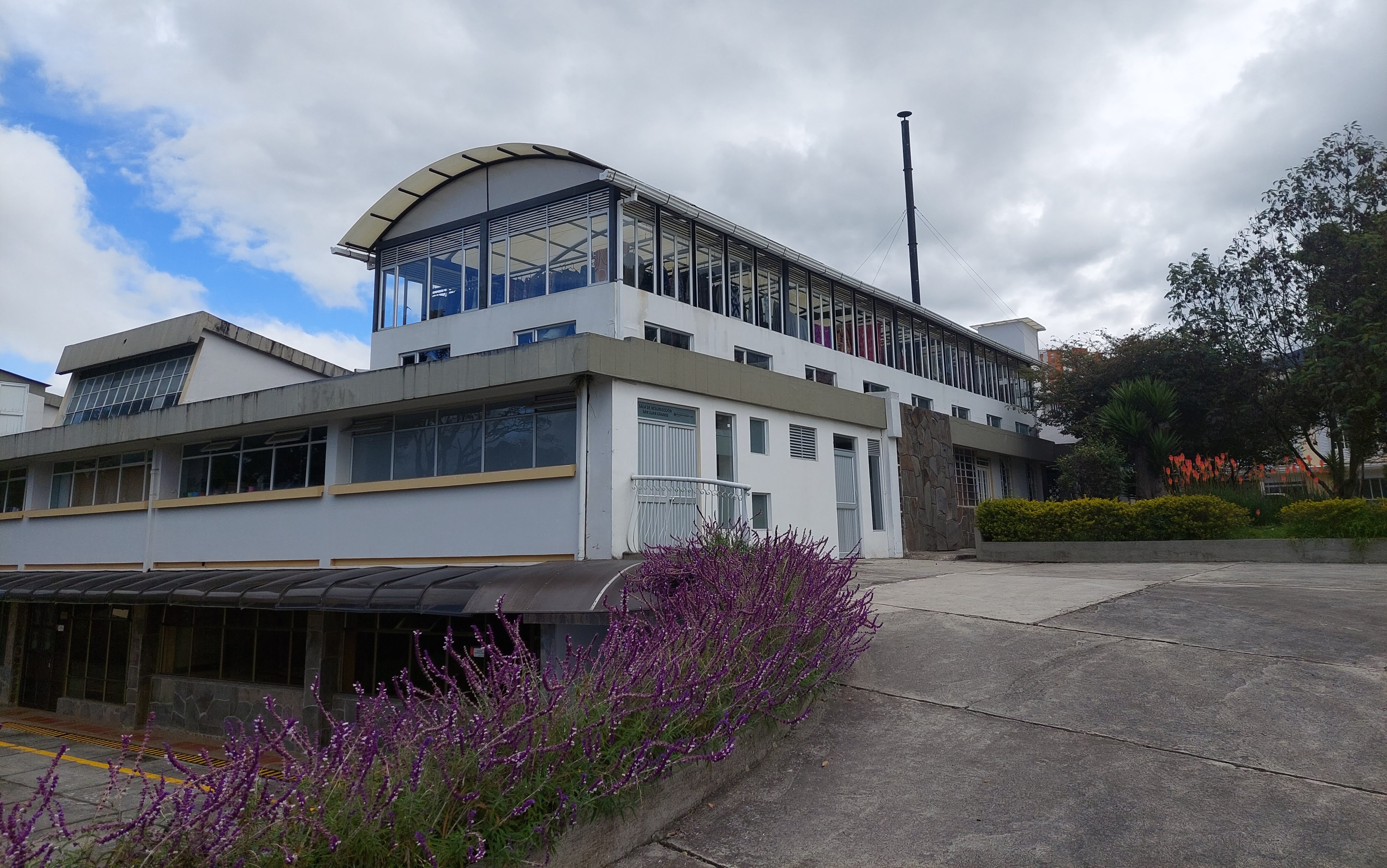
Tracking progress
Follow-up of operational controls to ensure appropriate use of technology and adherence to new procedures is done on a monthly basis. To assess project efficiency, the following metrics are used:
- Gas consumption (m3/month)
- Cost of gas consumed ($ LPG/month)
- Boiler operating hours
- Water consumption for steam generation (m3/month)
- Amount of laundry washed (kg/month)
- kg CO2 /year
- kg CH4 /year
- kg N2O /year
- Institutional carbon footprint
- Isokinetic testing for NOx emissions every three years (regulatory required)
Progress achieved
Diesel use was reduced from 90% of total fuel consumption between 2016 and 2017 to 43% in 2018. From 2019 to 2022, diesel accounted for less than 5% of the total.

Fuel purchase costs were reduced from 2019 onwards.
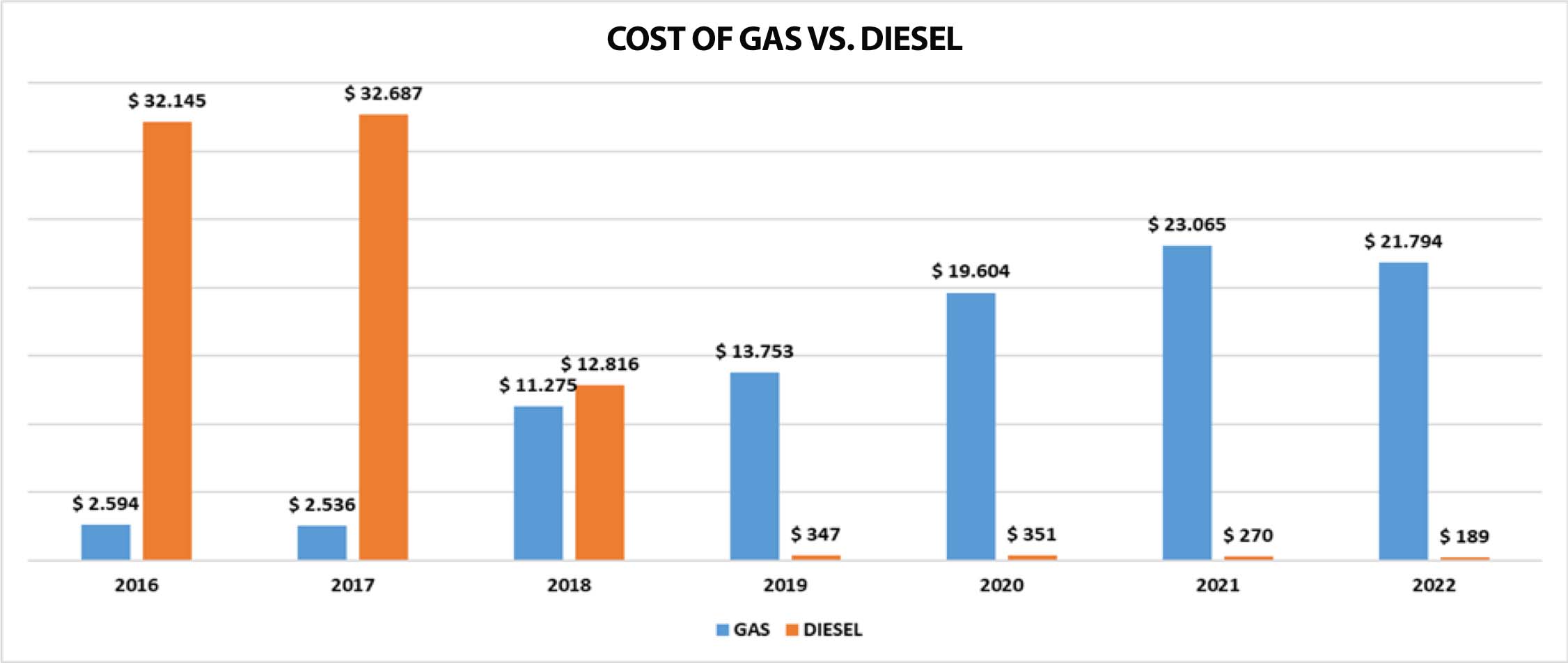
Stationary combustion emissions decreased by 54% from 2018 onwards, compared to average emissions generated from 2014 to 2017.

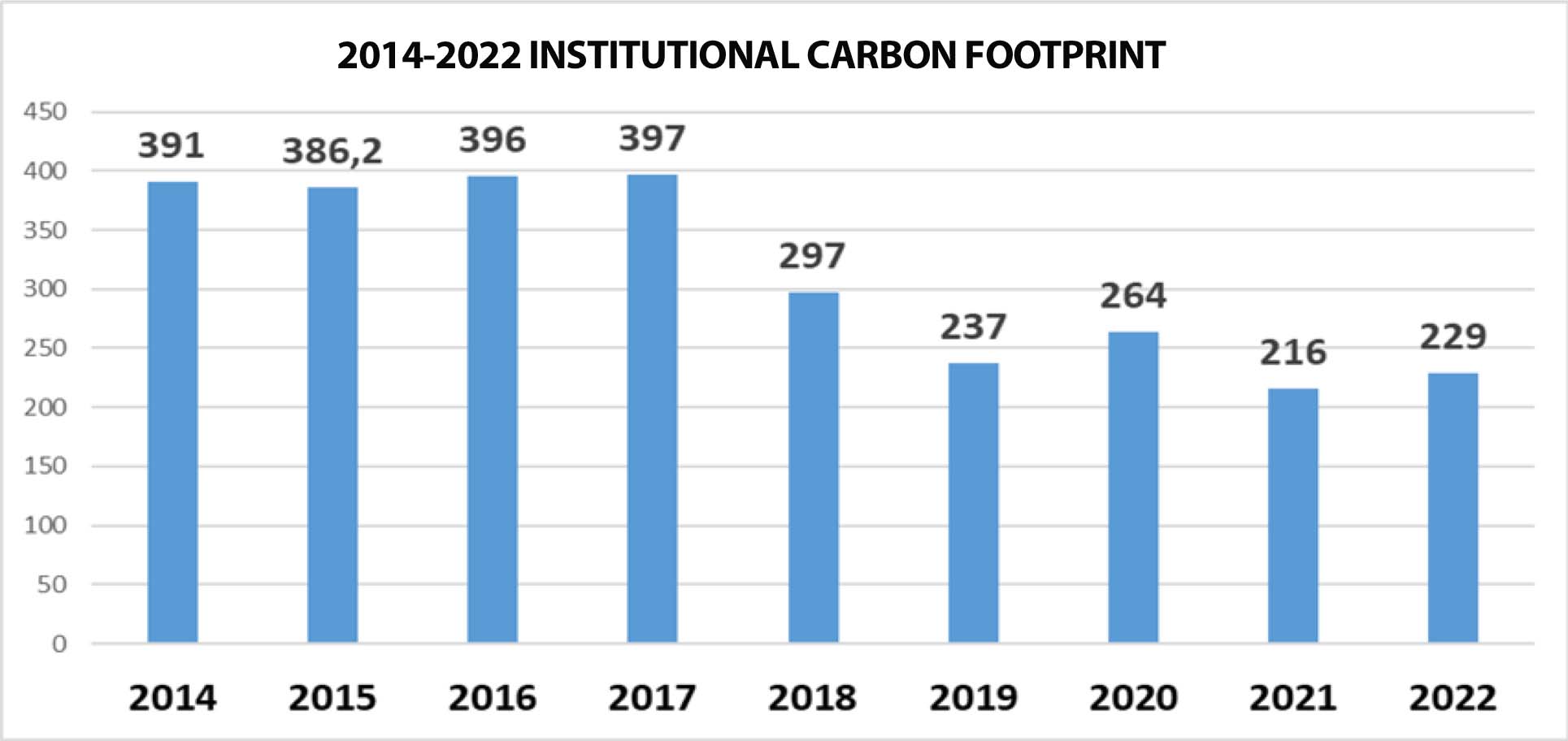
Stationary combustion emissions, which accounted for 43% of total emissions, were reduced from 2018 onwards, reaching their lowest level in 2019 (15%) and stabilizing at 19% during the last three years.
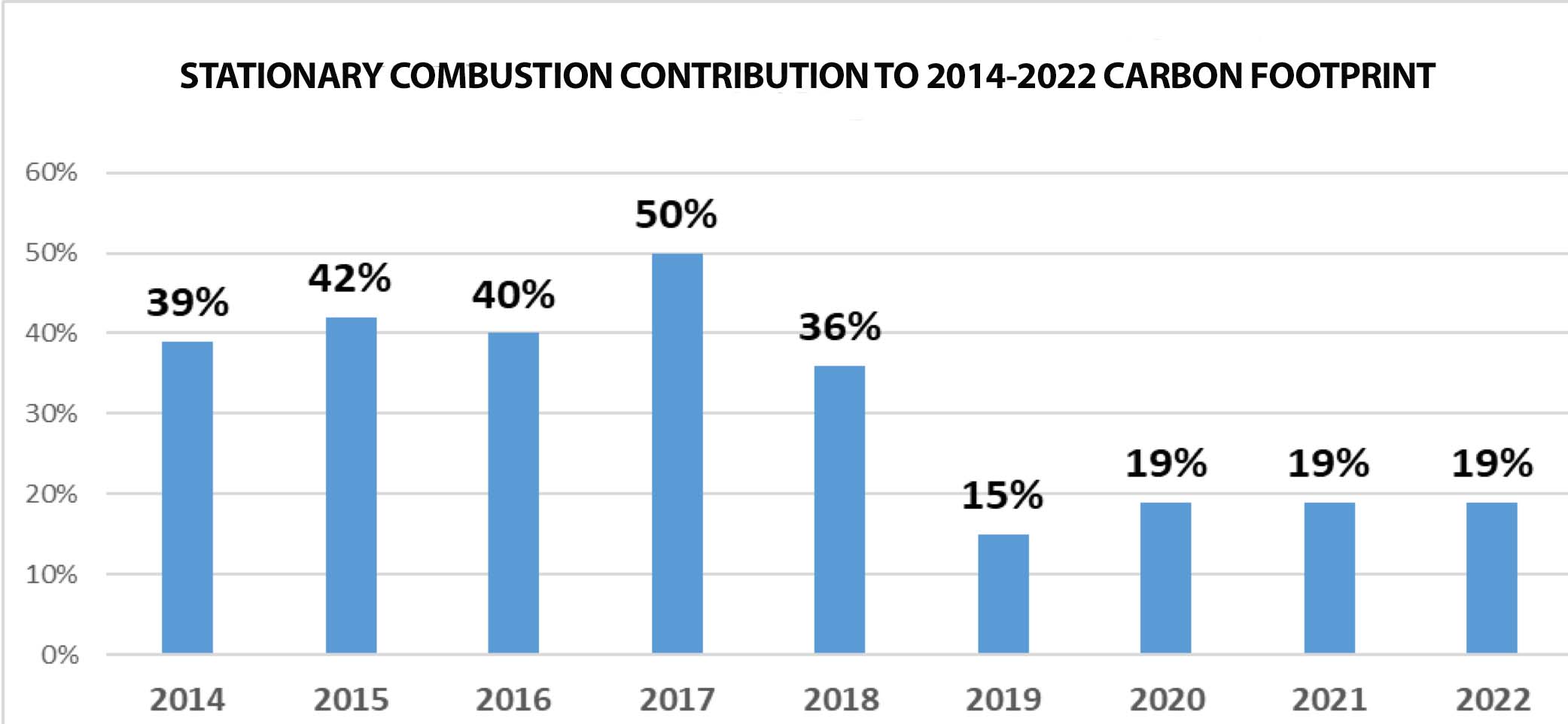
The hospital's environmental impact was reduced, the air quality in its area of influence improved, expenses dropped, and industrial risk decreased. The drying station has been replicated by national health institutions and is already working in some hospitals of the Cundinamarca department.
Lessons learned
- The participatory nature of the strategy formulation and development process, which included contributions from clinical, administrative, and maintenance staff as well as consultations with experts, contributed to the good results achieved.
- Quantitative and qualitative data provide an opportunity for early interventions and strategy formulation/adjustment.
- Determining emissions by scope allowed us to tackle the root cause.
- Analyzing economic variables is key to ensure project sustainability.
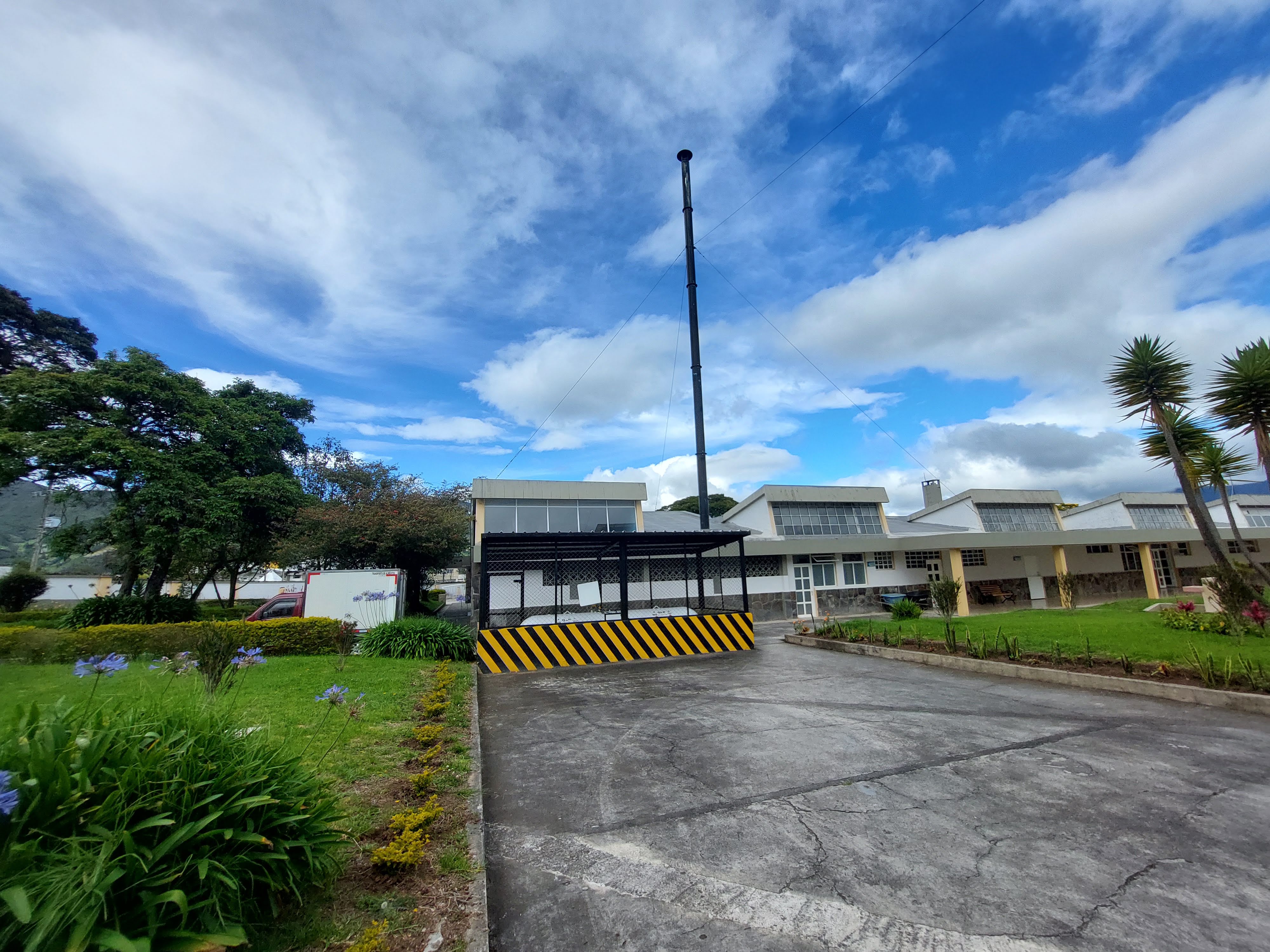
Challenges
We had a lack of information about hospital laundry management, including factors such as temperature or humidity. The bioburden on laundry items and how it might be affected during the drying process (compared to the traditional process with industrial dryers) had to be thoroughly discussed, reaching the conclusion that, given the type of patients, supplies, and processes, the project did not affect patient or staff safety.
Next steps
- Expand the drying area (the number of beds is expected to increase and so will the amount of laundry).
- Provide support to institutions willing to replicate the project.
- Monitor NOX emissions from LPG use. In addition to industrial equipment maintenance, annual Bacharach tests will measure O2 and CO2 concentrations in combustion gases, among other variables.
- Explore the use of an alternative energy source or system to replace LPG.